The content of the article
How to grow begonia at home? In principle, it is not difficult. The plant is a little naughty in terms of ambient humidity. The rest of the care is close to the standard requirements of the usual indoor flowers.
The classic set of items about the cultivation of begonias includes a few common questions. All of them are very ordinary. Consider them in order, and, following our recommendations, you will be able for a long time to admire the beautiful flowering of a gorgeous plant. Here is a list of questions:
- soil composition
- lighting and temperature
- irrigation scheme and air humidity
- required feeding
- pests and diseases
- secrets of care
As you can see, there is nothing unusual. Let's start.
Soil composition
Begonia loves the land fertile, but necessarily loose.You can buy it in a specialty store. But it will be safer to mix independently. To do this, take in equal proportions humus, garden leaf soil and peat. Mix thoroughly. A handful of clean, coarse sand and a small handful of earth from under coniferous trees are added to one medium pot. Everything, it is possible to plant a begonia. The tuber is not completely buried in the soil. He should stick above the surface at half or even a third of his height.
Speaking of the pot. Some prefer only clay or ceramic. On the one hand, this is good. Such material absorbs moisture, which does not allow the soil to dry out quickly. On the other hand, begonia roots very often adhere to the walls of the pot and are badly injured during transplantation. Therefore, it is recommended to still take a plastic pot.
And do not forget to fill the bottom of the drainage. In any capacity. This may be expanded clay, pebbles, gravel, granite chips. Only not limestone or eggshell. Over time, they will deoxidize the soil, but begonia does not like it.
Lighting and temperature
Begonia loves a lot of light. Lots of.But while in direct sunlight on the leaves often burns occur. What to do? There are only two ways out:
- Put the plant into the depths of the room where the direct sun will not fall on it. Then it will have to constantly dosachivat special phytolamps or daylight. And all year round.
- Put the begonia on a well-lit window sill. Be sure to pritenyat from direct sunlight with white paper, curtain, cardboard.
It is important to monitor the air temperature. It should not fall below +14 and rise above + 26 ° С. In the summer it will ideally contain begonia at + 22-24, and in winter at + 7-9 ° С.
Why such a scatter? Because winter time is the season of hibernation of begonias, a period of rest. If this item is ignored and does not put the plant in a state of rest, then you will be happy foliage and stems. You will not see flowers at all.
Irrigation scheme and humidity
There is no definite irrigation scheme. There is an immutable rule: water when the top layer of earth in a pot dries to a depth of 1.6-1.8 cm. There is no solid understanding of “watering”. There is a little "moisten the earth."Stagnation of excessive moisture is destructive for begonias. She immediately responds to the rapid decay of the roots and growth points. To prevent such an unpleasant situation, there was a requirement to use claydite.
An additional signal can serve as excess water in the pan. It must always be drained, and the pot is placed for 14-16 minutes on dry, loose napkins or soft cloths (rags). During this time, all the liquid is absorbed.
By the way, you can not just take a mug and pour water into the pot. Begonia should be watered only on the edge of the pot, trying to prevent water from reaching the growing point.
Begonia is very demanding of air humidity. She likes the air around her to be saturated with water. At home, this is achieved very easily:
- Every day, leaves are plentifully sprayed with clean, warm, settled water.
- In a wide pan put a low stand (you can turn the saucer upside down). The remaining space is covered with expanded clay, moss or peat. Very richly moistened to the state of "afloat." And already on the stand set up a pot with begonia.
Thus, the air around the flower will always be the required humidity. Just do not forget to periodically add it to the pan.
Council You can take a long narrow tray in the entire window sill and collect a whole collection of your favorite begonia varieties on it. Simultaneous flowering will be just fascinating.
By winter, watering begonias virtually reduced. Water every 9-11 days without excessive moisture. At the same time around the air cease to spray. Because the underground part of the plant is enough water in the soil. Aboveground in the cold season is no longer.
Required dressings
Begonia grows almost from scratch every spring, manages to gain weight and release buds in a short time. Then she is gorgeous blooms huge puff tassels. Accordingly, she needs a lot of food. Most often it is mineral water. Only choose the one where a high content of phosphorus and low - nitrogen.
In this case, the solution is made weaker than recommended on the package in half. But feed the plant every week. Begin when the first sprout appears and end at the first yellow leaf in the fall. With the beginning of flowering, nitrogen is completely excluded from the nutrition of begonias. You can choose the right fertilizer yourself, or you can ask the seller in the store.They are happy to tell you what is most suitable for your pet.
Council Organic begonia is not fed. She has enough of what is contained in the planting soil.
Pests and diseases
Of the pests on the plant most often whitefly, aphid and spider mite. From the first there is a struggle for life and death. It is useless to poison chemicals. To get rid of the whitefly you need a whole range of activities. Look for information in the network or directories, what kind of attack and how to defeat it.
The latter absolutely usually die from any suitable systemic fungicide. You can safely spray, rinse and wash the leaves and stalks with poison. After all, you do not need to eat them. Just be sure then dry the flower as carefully as possible to avoid the appearance of ugly brown spots.
Council After preprocessing, the pet is placed for 9-10 hours in a tight plastic bag with a pot. Perhaps, after such a procedure, the second treatment with chemicals is not needed.
Disease. Begonia doesn’t have much pain. That is what attracts many lazy growers.But, with excessive watering and an excess of moisture in the ground, rot or powdery mildew may still appear. At the first sign, urgent measures need to be taken, otherwise the begonia will die very soon:
- replace the top 3 cm of soil with dry
- if possible, it is generally better to transplant the plant
- if the defeat has just begun, then carefully cut off the rotting place, then burn it with green paint
- wash leaves from powdery mildew with a weak stream of warm water
- reduce watering for a while
- lift the lower leaves so that they do not touch the soil
If these measures do not help and the disease spreads further, then you will have to grow a new plant. To do this, either healthy cuttings are cut and rooted (for leaf forms and bush forms). Or, they pull a tuber out of the ground, remove all the damage and put it in a new pot (for tuber forms).
Of course, this is a shame and a long time. But then there are requirements for irrigation conditions. If you follow them exactly, then such problems can be avoided.
Secrets of care
Begonia's main secret is to make it bloom. To make this happen, you have to send the plant to rest.To do this, at the end of the summer gradually reduce watering and feeding. By October, they are completely stopped, and the flower itself put in the twilight. Somewhere in 27-29 days of such content all the nutrients from the stems and leaves will completely go to the root. Now they can be completely trimmed. The pot should be stored under the conditions described above.
With the beginning of February, begonia is transferred to a sunny place with a high temperature. Wait until the first sprout appears. And then follows the recommended care. By the way, the winter-blooming begonias do not have a rest period. So first figure out what kind of plants you have. Otherwise, you can dance with a tambourine around, but there will be no colors.
Another secret is disease prevention. To do this, be sure to heat the planting soil in the oven or keep it in the freezer for at least 2 days. Further periodically (once a month) phytosporin is added to the irrigation fluid. Proportion - three times less than the instructions. And finally, begonia should not be in contact with the leaves of the soil. To do this, put a special circular support made of plastic or wire in the pot, the leaves are placed on it.Or simply break the bottom, when the leaf appears on the stem 6.
With strict observance of all conditions, your pet will not be sick at all.
The third trick is the annual transplant. In February, the tuber is removed from the old soil, soaked in a weak solution of potassium permanganate. 14-16 minutes will be enough. Then a wooden stick gently unravel the small roots. If necessary, remove dried and rotted during the rest period. Dry in air for about 40 minutes. Then put in a new land. In this case, the pot can take a little larger diameter, about 1 cm.
If you have a miniature begonia variety, then there is no need to increase the landing capacity.
Useful tips
- Do not plant the tuber in too large a container. In this case, even with the most excellent care, begonia will build up a lush green mass. It will not bloom.
- By the way, in order for the flowering to be long and spectacular, it is imperative to promptly remove all faded buds and dried flowers. Otherwise, the strength of the plant will go to the formation and maturation of seeds.
- Have you missed and already appeared seeds? Do not rush to pick off the box.Collect them and sow in January on a nutrient friable substrate. Just do not pour it on top. Better close the box with glass or transparent polyethylene. Shoots appear within 2-3 weeks. After 2 of this leaflet, unpack the plant in separate cups and spray more often. If you do everything right, then you will have not one, but several completely independent plants.
- Sometimes begonias start to turn yellow before September. This may be a depletion of the soil - feed the plant. Lack of moisture - spray the air around and more often moisten the ground. The presence of pests in the roots - change the soil mixture completely. Before transplanting, treat the open root system with any insecticide and manually remove visible enemies.
We hope that after reading our tips, you will not have any more questions about how to grow begonia at home. Now you know the main secrets and you can easily keep this beautiful and grateful plant in yourself.
Video: how to plant a tuberous begonia

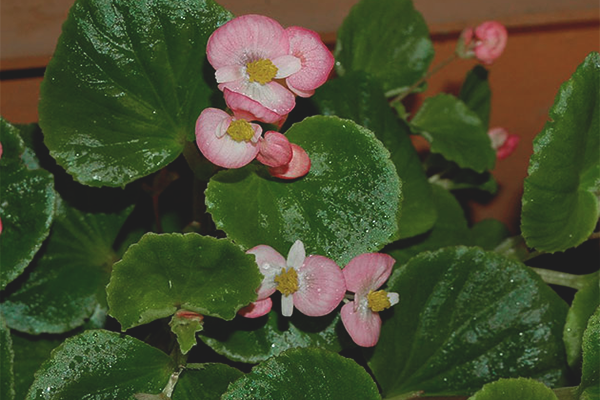
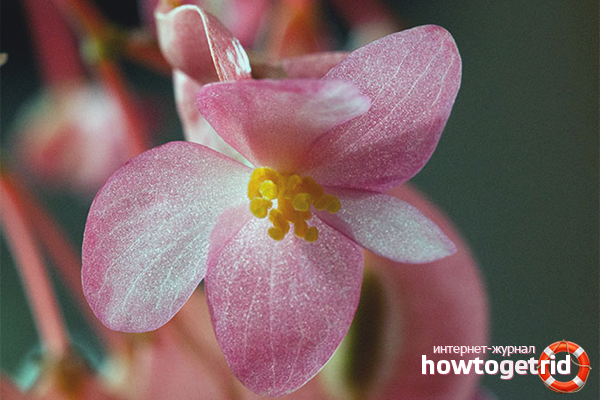

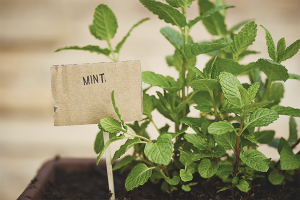
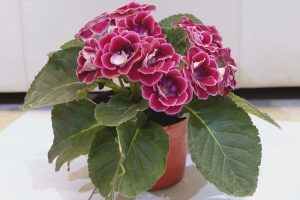
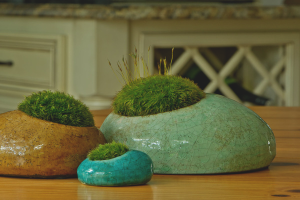
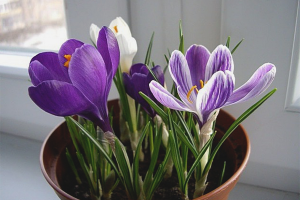
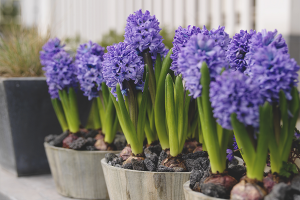
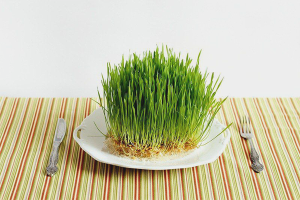
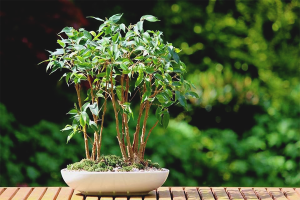
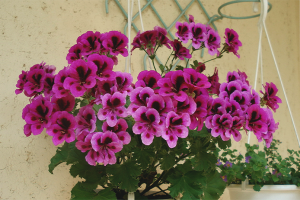
To send